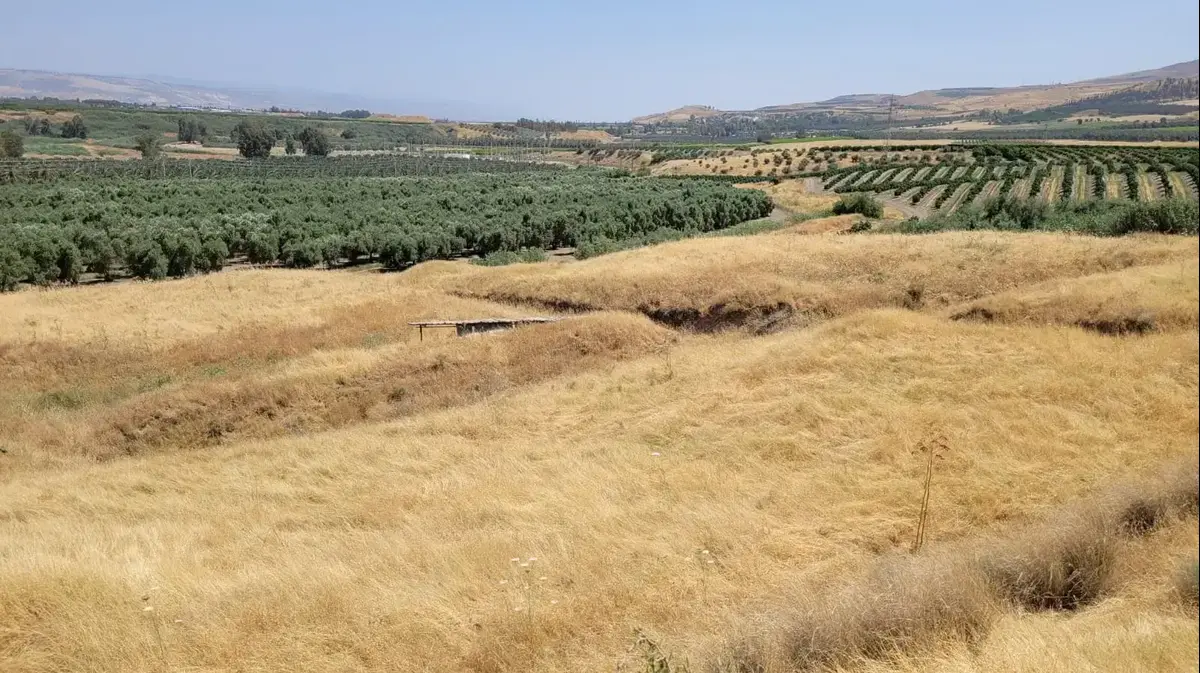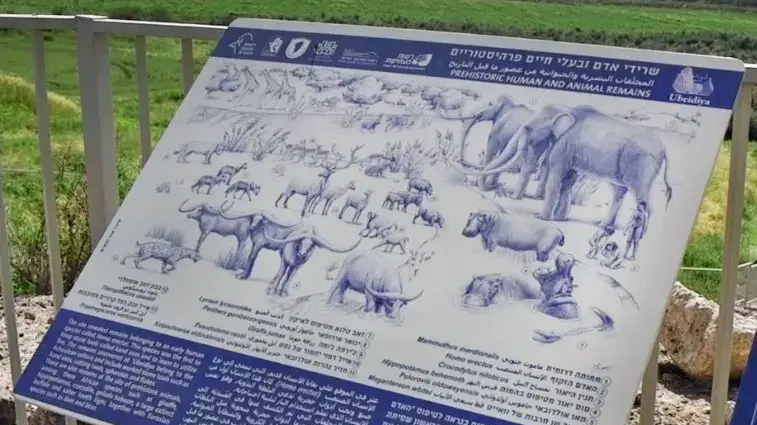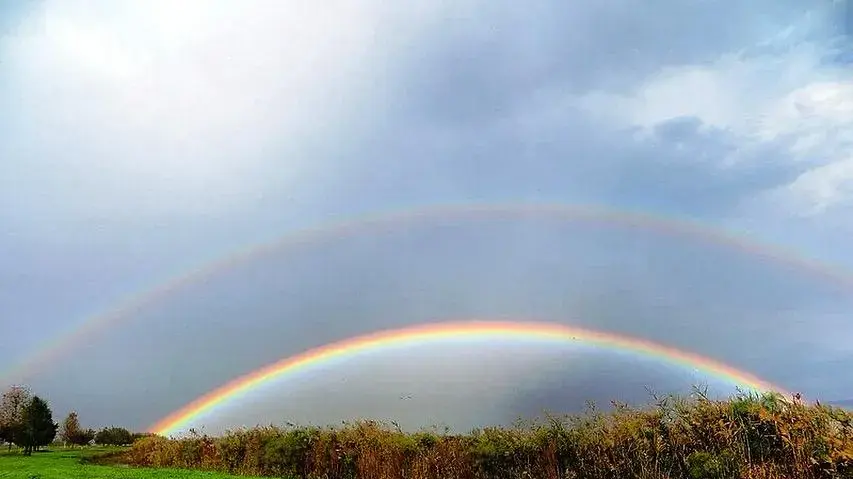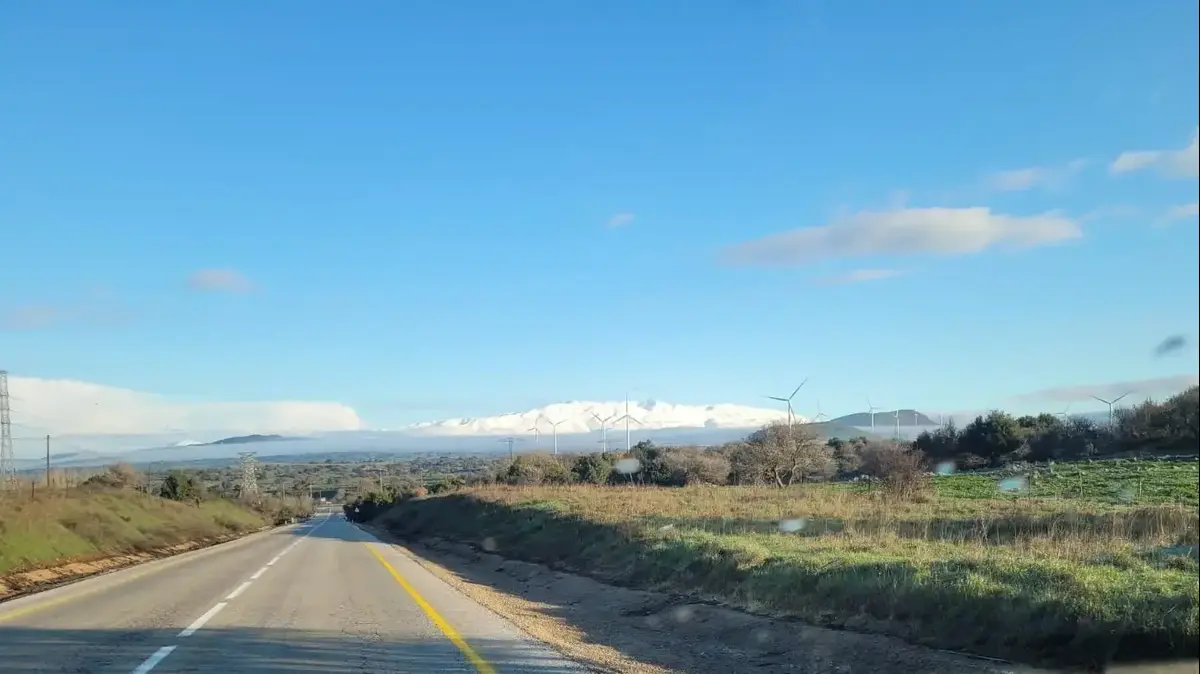Two new national parks in Israel: Tel Ovadia and Tel Ashdod
Two new national parks have joined the list of important sites that preserve ancient periods: Tel Ovadia from the prehistoric period and ancient man, and Tel Ashdod from the Late Bronze Age from more than 3,000 years ago
Ziv Reinstein
15/05/2022
Sunday, 15 May 2022, 11:55 Updated: 12:13
Share on Facebook
Share on WhatsApp
Share on Twitter
Share on Email
Share on general
Comments
Comments
Tel Ovadia (Photo: Omri Guelman, RTG)
The Nature and Parks Authority welcomes two new announcements of new national parks in Israel - the Ovadia National Park in the Lower Galilee region and the Tel Ashdod National Park near the city of Ashdod.
The official declaration is the final stage in the process of declaring nature reserves and national parks, which usually takes several years and a series of complex stages, led by the Nature and Parks Authority in front of many factors.
More on Walla!
How to deal with asthma?
In collaboration with zap doctors
Tel Ovadia: One of the earliest prehistoric sites in the world
Tel Ovadia National Park is located on an area of about 25 dunams, located on the west bank of the Jordan River, near the estuary of Nahal Yavneel, and west of Tel Ovadia.
It is one of the earliest prehistoric sites in the world outside the African continent.
The uniqueness of the site in the prehistoric finds discovered in it and their contribution to the understanding of the way of life of the ancient man.
The ancient prehistoric site was discovered in 1959 and is in a geological formation known as the formation of its workers.
This configuration is made up of sediments from four components - conglomerate (sand aggregate), sand, silt and clay.
This configuration was formed in close proximity to the freshwater body and underwent cyclic changes as a result of changes in body water level.
As a result of tectonic activity, there were changes in the geological structure of the formation, which crumpled and broke into a tiny arch.
The surfaces that once housed the ancient man at the site are now tilted at a 70-degree angle.
The findings collected at the site were identified as extremely important.
The first excavations at the site began in 1960, and continued continuously until 1974, as well as in the years 1988-1994.
During the excavations, more than 60 layers of soil were exposed, in which animal bones were found - including extinct species from the world, and a total of 120 different species, human bones - of the "Homo erectus" type - the upright man, and more than 10,000 ancient stone tools.
The people who lived at the site were hunter-gatherers, and no evidence of fire use at the site was found.
The types of tools on site were made from three types of raw materials - basalt, limestone and flint.
The area of the archeological levels excavated at the site is approximately 1,540 square meters. The finds at the site were dated to a period of approximately 1.4 million years ago, with basalt layers above and below this formation - He discovered between 560-680 thousand years ago.
The study of the site and its findings make a very important contribution to the knowledge and understanding of the beginnings of the human race, the flora and fauna, the climate and the geology in the period in question (Lower Pleistocene).
The site also has international significance for the study of biogeography, evolutionary processes and the examination of theories regarding human and animal migration.
Currently, the site is not edited and accessible to receive visitors.
With the announcement of the intention of the Nature and Parks Authority together with other relevant parties to examine options for conservation, development and accessibility for visitors.
Meanwhile, an Israeli-American excavation delegation is currently operating at the site, which continues to examine the fascinating findings at the site.
Tel Ovadia (Photo: Nature and Parks Authority, Omri Guelman)
Tel Ovadia (Photo: Nature and Parks Authority, Omri Guelman)
Tel Ovadia (Photo: Nature and Parks Authority, Omri Guelman)
Tel Ashdod: One of the largest mounds in the country
The national park, in an area of about 314 dunams, is located on the western border of Nitzanim Sands, about five kilometers south of the city of Ashdod.
Tel Ashdod is one of the largest in the country, rising to a height of about 50 meters above sea level and about four kilometers from the coast.
It can be distinguished in two main parts: the Acropolis (upper city) and the lower city.
In the early period Ashdod was an important city, especially in the Late Bronze Age and Iron Age.
The mound was first excavated in 1962 and by 1972 another 6 excavations had been carried out (a total of 7 excavations, 3 full and 4 small test excavations).
The ancient city and its inhabitants were first mentioned in documents from the Late Bronze Age.
Ashdod was a center for the processing and dyeing of fabrics, and for the trade in crimson-dyed garments in the Late Bronze Age.
The city is home to 23 layers of history, the oldest of which dates back to the Middle Bronze Age and the Late Byzantine period.
Upon announcement, the Authority will examine options for the development of the site together with relevant parties.
Tel Ashdod (Photo: Nature and Parks Authority, Tomer Ofri)
Tel Ashdod (Photo: Nature and Parks Authority, Tomer Ofri)
According to Raya Soraki, CEO of the Nature and Parks Authority, "I congratulate and thank Interior Minister Ayelet Shaked, Minister of Environmental Protection Tamar Zandberg, the Planning Administration and other bodies involved in the new declarations, which are the best way to preserve Israel's unique natural, heritage and landscape values.
There is nothing more gratifying than winning two new declarations of national parks with the beginning of my tenure as director general of the Nature and Parks Authority. Especially in the face of modern human development. "
Tourism
news
Tags
Nature and Parks Authority
National Garden
Ashdod
Jordan Valley









